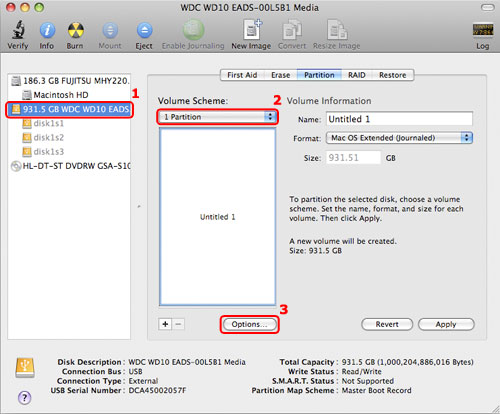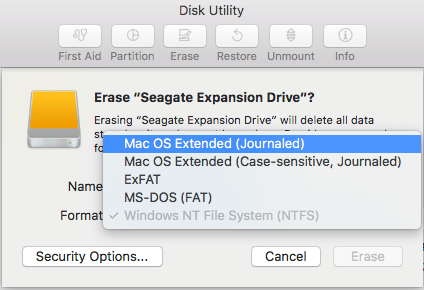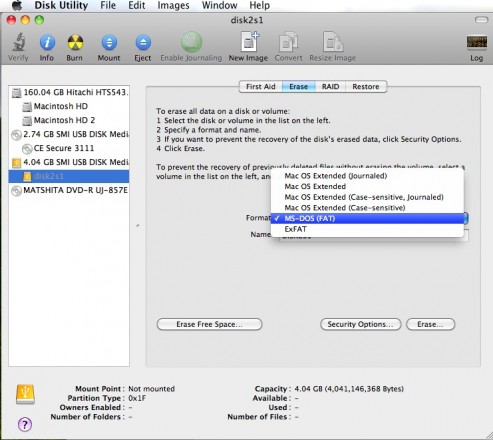

- #Format external hard drive for mac in windows mac os x
- #Format external hard drive for mac in windows mac os
- #Format external hard drive for mac in windows install
- #Format external hard drive for mac in windows drivers
The other methods involve using 3rd party drivers such as: Paragon NTFS or Tuxera NTFS.

Make sure to download the “free for home user” version.

I’ve not tried it myself, but I’ve only heard good things about it. (tip: create an alias of the volumes so you don’t have to go back to the terminal every time…)Īnother free method: “EaseUS ALL-IN-ONE Partition Manager” software
#Format external hard drive for mac in windows mac os
There’s your NTSF drive! Now you can do whatever you want with it in Mac OS X. Back in the terminal, type: open /Volumes Unmount your drive, then plug it back in.Ĥ. Type: LABEL=TEST none ntfs rw,auto,nobrowseģ. Go to “utilities” and start the “terminal” app.
#Format external hard drive for mac in windows mac os x
Mac OS X is actually capable of writing to a NTSF drive, just not by default (don’t ask!). make the NTSF drive both readable and writable in Mac OS X. – Stable, so your data is relatively safe (priority #1)Ģ. Format your hard drive, or every partition on it, using NTSF. Maybe one day, but for now, “not ready for prime time!”.ġ. I’ve read too many posts from people having all sorts of problems using exFAT to consider using it. Select the format – Mac OS Extended (HFS+), MS-DOS (FAT32), or exFAT – then name the drive.
#Format external hard drive for mac in windows install
When you install MacDrive on a Windows PC, it will be able to seamlessly read & write to HFS+ drives. If you’re only going to be using your external or USB flash drive with certain PCs – such as at home or the office – you might be interested in a program called MacDrive. But while HFS+ is the best way to format drives for use on Macs, Windows does not support it. Mac OS X’s native file system is HFS+ (also known as Mac OS Extended), and it’s the only one that works with Time Machine. In fact, there are four ways you can format an external or USB flash drive to achieve varying degrees of compatibility between Macs and PCs. Since Mac OS X and Windows use totally different file systems, the way a drive is formatted can determine what type of computer it will work with. Need to access or transfer files between Mac and PC? As simple as this task sounds, it’s not very straightforward for inexperienced users. Learn a few ways to make your drive Mac and PC friendly.

If you have an external hard drive or USB flash drive that you’d like to use on both Macs and Windows PCs, choosing the right file system to format the drive can be confusing.


 0 kommentar(er)
0 kommentar(er)
